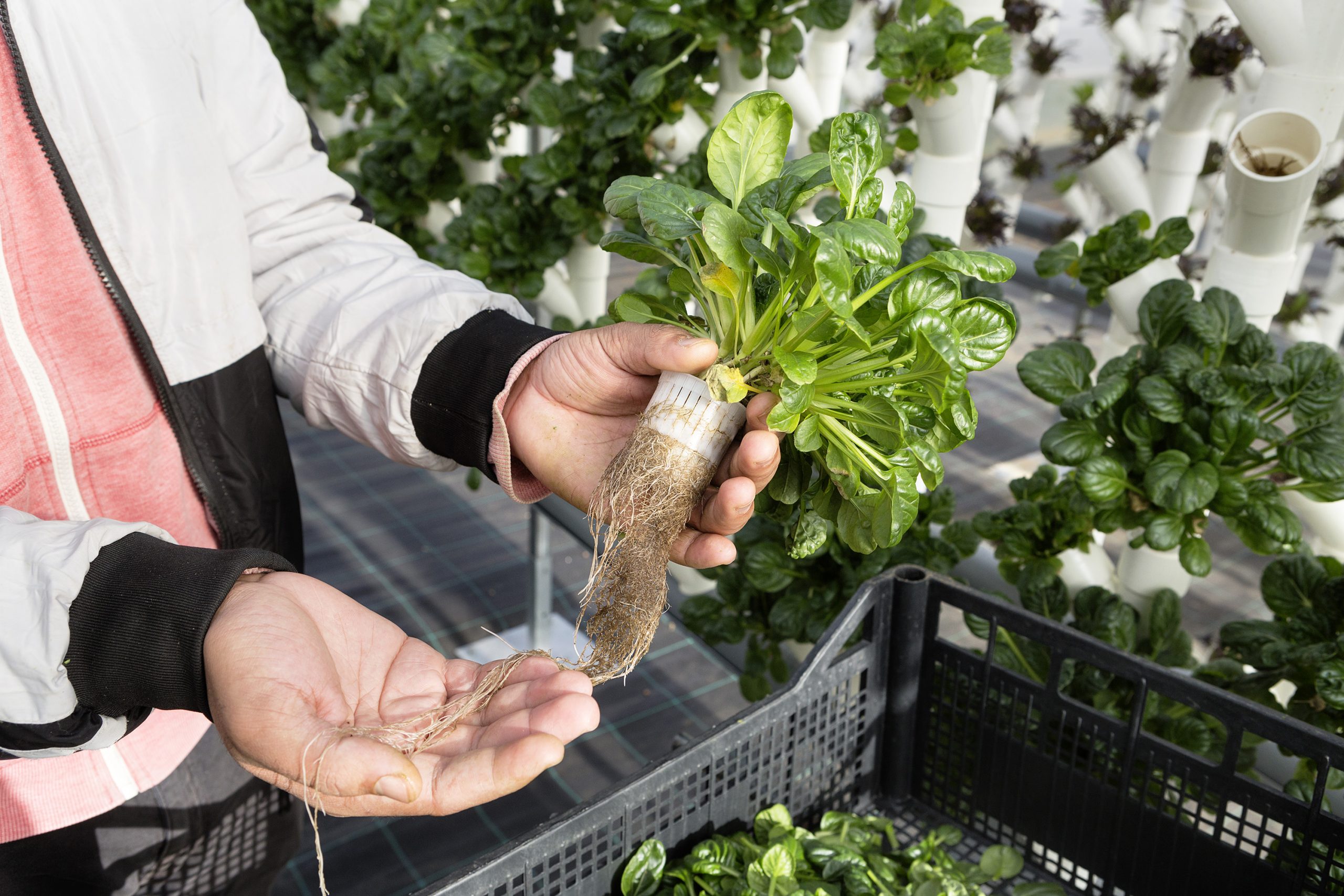Editor’s Note: Global food systems are under pressure from climate change, a growing human population and shifting dietary demands. The Food and Agriculture Organisation of the United Nations (FAO) has identified 44 emerging innovations—including edible insects, 3D-printed foods and controlled-environment agriculture—that could reshape food production and safety in the coming decades. Proactive regulation and cross-sector collaboration will, however, be essential to ensure these innovations support both public health and environmental goals.
By 2050, the global population is expected to reach nearly 10 billion. Feeding this growing population while reducing carbon emissions and protecting public health is one of the greatest challenges of our time. To meet this demand sustainably, agrifood systems must transform – becoming more resilient, inclusive and environmentally sound.
In response, new food sources and production systems are emerging worldwide. These innovations have the potential to reshape what we eat and how we produce food over the next 25 years. As part of its Food Safety Foresight Programme, the Food and Agriculture Organisation of the United Nations (FAO) conducted a foresight exercise to explore potential food safety implications of these developments. Through expert consultations and foresight methods, the exercise identified 44 emerging innovations across nine clusters expected to impact the global agrifood system by 2050.
Coinciding with World Food Safety Day on 7 June and the theme “Food safety: science in action”, we highlight just some of these innovations and outline how stakeholders can prepare for a safer, more sustainable food future.

Unlocking new food sources
New food sources include ingredients not yet widely consumed globally – either due to regional limitations or recent technological breakthroughs. These include:
- Alternative fats and oils: For example, tucumã (Astrocaryum aculeatum), a palm fruit native to the Amazon, is rich in oil and bioactive compounds with potential health benefits.
- Underutilised crops: Often overlooked in global agriculture, crops like finger millet, jojoba and teff offer nutritional and climate-resilient benefits.
- Edible insects: While not new in many cultures and regions of the world, the global uptake of edible insects is growing as a source of high-quality protein and micronutrients with a low environmental footprint.

Revolutionising food production
Innovative technologies are transforming how food is produced, offering scalable, sustainable alternatives:
- Fermentation technologies: Biomass, gas and precision fermentation represent innovative fermentation techniques expected to scale up in the coming years. For example, biomass fermentation uses microorganisms to produce protein-rich foods.
- 3D food printing: Using “food inks,” this technology can replicate complex textures that closely mimic complex food products, such as meat. Several plant-based alternatives to meat and seafood are already nearing market readiness.
- Controlled-environment agriculture: Approaches like indoor farming can enable crop production in fully managed indoor spaces in diverse locations, reducing dependency on external weather conditions or seasonal changes.
Science in action: Steps toward safer food systems
These emerging innovations bring both opportunities and challenges for agrifood systems and food safety. Food safety authorities and stakeholders can take proactive steps to ensure the safe development and implementation of the innovations while protecting public health:
- Improve communication about new food sources and production systems and related issues.
- Foster technical advancement for food safety assurance.
- Optimise tailored food safety assessments.
- Encourage collaboration between regulators and the food industry.
- Harmonise regulatory requirements and food safety standards.
FAO’s food safety foresight work also emphasises the importance of addressing broader social, economic, environmental and political factors. Ongoing monitoring and research will be essential to navigate the long-term implications of these innovations.
As we look toward 2050, some of these solutions may contribute to feeding the world more sustainably. But realising their potential and mitigating the food safety risks will require coordinated action, informed policy and a commitment to science-based decision-making.
Header Photo: © FAO / Alessandro Penso





